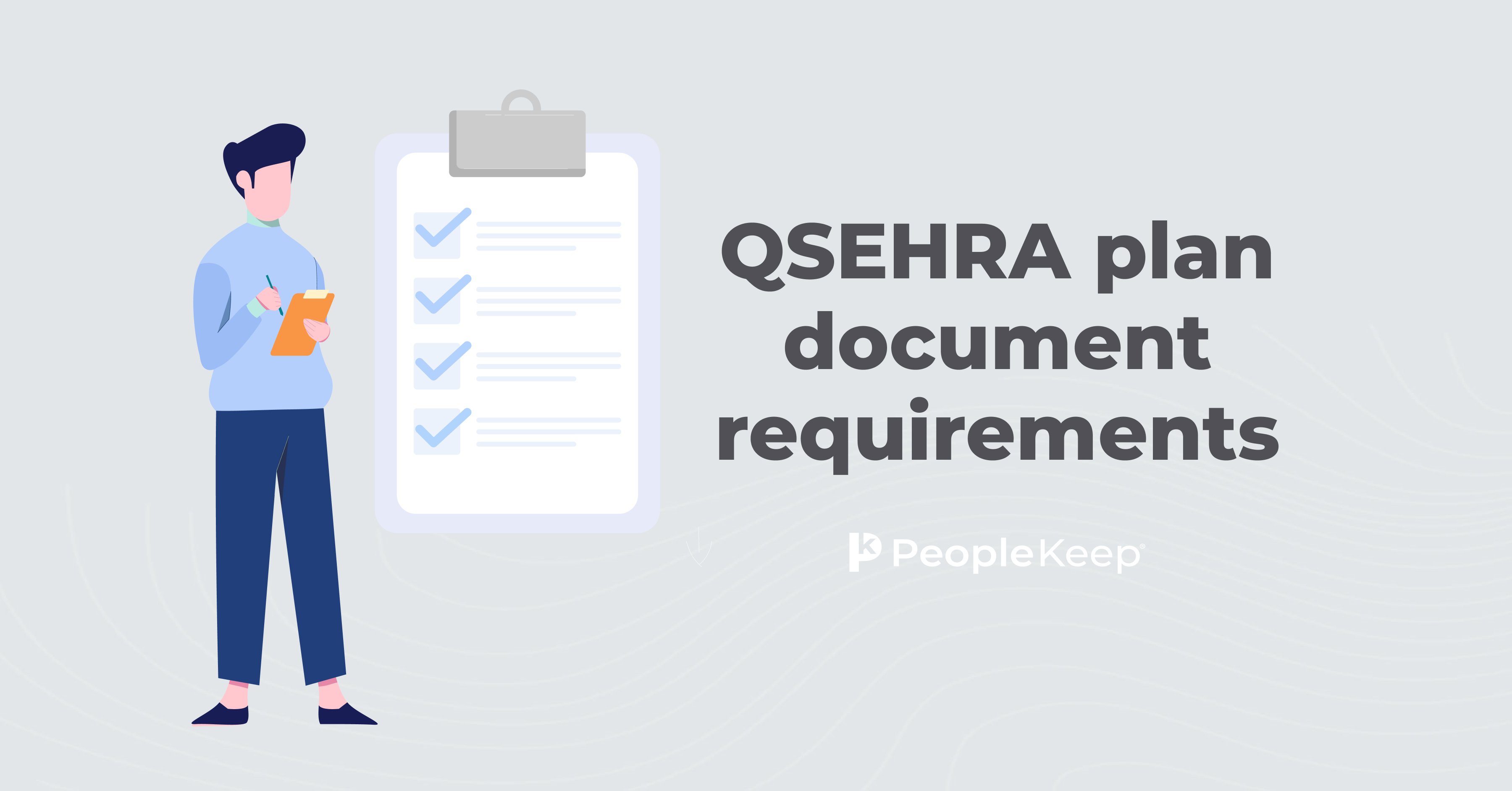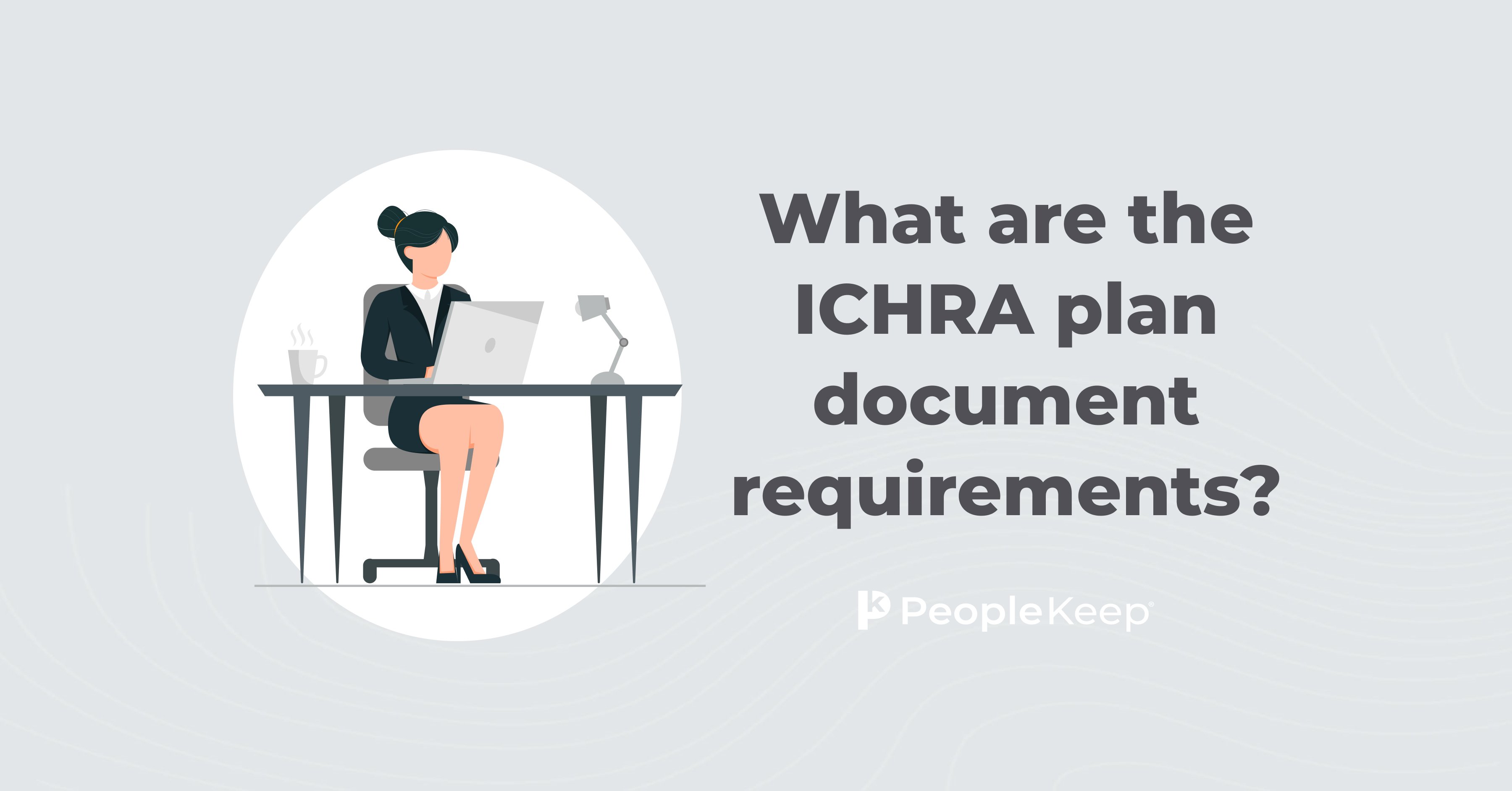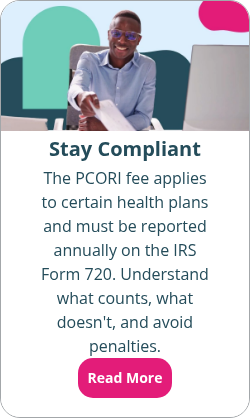Top payroll documents employers need
By Chase Charaba on November 28, 2023 at 4:45 PM
As an employer or human resources professional, you must know the proper documents, forms, and rules for payroll and taxes. Required payroll documentation includes payroll records and the supporting information your organization uses to determine wages and the hours employees worked.
Your organization could violate state and federal employment laws without proper documentation, resulting in hefty penalties.
Keeping various types of informal employment records and formal payroll records organized is also important to ensure your organization's payroll and benefits processes run smoothly and protect your business from false claims and audits.
With so many different types of documents, however, it can be challenging to determine which files you need.
In this article, we'll cover the top payroll documents employers need, why they're important, and how HR professionals should store them.
What are payroll documents?
Payroll documents are all the forms and paperwork associated with paying your employees and contractors. They include everything from offer letters to time sheets.
Payroll and personnel documents can help your organization budget better and effectively manage your labor expenses. They can help you determine raises, bonuses, and other financial incentives that improve employee retention. Keeping these records also helps your employees who may request documents for employment verification, renting an apartment, or applying for loans.
What forms are required for payroll?
There are many different payroll-related documents you'll want to keep on file and furnish to employees to help with tax compliance. This includes personnel documents and payroll tax forms.
One of your first tasks is gathering the correct forms and documents to support your new hires. We'll go over the primary types of documents in the following sections.
Personnel documents
There are several personnel documents you should be aware of as an employer. Let’s review the employment records and payroll files you need to have.
|
Document type |
Summary |
|
Employee information |
Employers need to keep personal employee records and information to run payroll and satisfy federal labor laws. This includes information such as:
You'll also need to keep copies of any direct deposit authorization forms in your payroll file. |
|
Form I-9 Employment Eligibility Verification1 |
Before hiring an employee, you need to provide them with a Form I-9. I-9 forms help you verify the identity and citizenship status of your employees. |
|
Employment information |
Employment information can include your offer letters from when your workers accepted their position, their status as full-time or part-time employees, any background checks, and signed agreements and contracts. This includes non-disclosure and non-compete agreements. You should also keep any human resources records, such as incident reports. |
|
Attendance records |
When doing payroll, you'll need access to employee time cards and attendance information to ensure you're paying employees properly. |
|
Payroll records |
As you complete payroll for your staff, you'll want to create a record of every pay period, payment date, and the different types of pay, such as wages and bonuses. |
|
Employee benefits information |
If your employees are enrolled in benefits plans, such as health reimbursement arrangements (HRAs) or group health insurance, you'll need to distribute any required plan documents. You also need to keep records of reimbursements and pay information. |
|
Pay stubs |
A pay stub shows an employee's total earnings and any tax deductions from wages. Many states require employers to provide these to their employees. |
Types of payroll tax forms for employers
In addition to employment records and payroll files, you'll need to ensure you have the proper tax forms for your organization. You must keep these forms current to avoid penalties from the Internal Revenue Service (IRS).
|
Payroll tax forms |
Summary |
|
Form W-22 |
You must provide a W-2 Form to your employees by January 31 each year. This is how you report the total wages paid to your employees during the previous calendar year, including bonuses and benefits. It also includes the amount of payroll taxes you withheld. You'll also need to send a copy of each employee's W-2 to the Social Security Administration (SSA) and state or local tax departments. |
|
Form W-33 |
Form W-3 summarizes all the W-2 Forms for the tax year. You send this form to the SSA along with all of your employees' W-2s. |
|
Form W-44 |
A W-4 Form is a federally required document that employers must provide to all employees on or before their first day of work. This form allows you to determine the amount of tax withholdings on your employees' paychecks. |
|
Form W-95 |
If you hire independent contractors for certain projects, you'll use Form W-9 to collect the contractor's name, Social Security number, and other information. This acts like a Form W-4 for contractors. |
|
Form 9406 |
This form allows you to report your total federal unemployment taxes (FUTA) for the year. You must pay FUTA if your organization pays more than $1,500 to employees during the calendar year or if you've employed at least one employee for 20 or more weeks. |
|
Form 9417 |
Form 941 is for your organization's quarterly federal tax returns. This allows you to report the total income taxes, Social Security, and Medicare withheld from employees' paychecks. If your organization has less than $1,000 in annual tax liability and received a letter from the IRS indicating you can use Form 944, you can use Form 944 instead of Form 941. Form 941 is due on the following dates in 2024:
|
|
Form 9448 |
Form 944 is an annual federal income tax payments form similar to the quarterly tax form, Form 941. However, it is specifically designed for small organizations with less than $1,000 in annual tax liability. You must submit the form by January 31. |
|
Form 1040 Schedule H9 |
If you pay household employees like nannies or caregivers, you can use Schedule H to report the total wages and taxes for these workers. |
|
Form 802710 |
If your employees earn tips, you'll use Form 8027 to report the total tip income for your organization. This form helps you determine if your employees' tip amounts are reasonable. If your tips are too low for your organization's size, you'll be required to pay allocated tips. The paper form is due on February 28 each year, and the electronic form is due by March 31. |
|
Form 1095 |
If you offer health benefits to your employees, you may need to file Form 1095. If you have fewer than 50 full-time equivalent employees (FTEs) and offer a group health insurance plan, you’ll file Form 1095-B. If you have more than 50 FTEs and offer group health insurance, including an individual coverage HRA (ICHRA), you’ll file Form 1095-C. |
|
Form 1099-NEC11 |
If you employ an independent contractor and have paid them at least $600 during the tax year, you'll use Form 1099-NEC to report their earnings. |
|
Form 1099-MISC12 |
You use Form 1099-MISC to report rental income, legal settlements, or prize winnings. |
|
Schedule K-1 |
If you own a partnership or S corporation, you’ll need a Schedule K-1 to report your share of your organization’s income on your tax return. |
These are some of the many forms and documents you may need to keep as part of your employee payroll records. Payroll recordkeeping can get complicated, but solutions are available to make payroll management easier.
Using payroll software, payroll services, and consulting with a tax professional can help you stay on top of all your required documentation and forms.
Where should you store payroll documents?
In the past, many organizations kept physical documents, but now many store their payroll documents digitally. Organizations often accomplish this with cloud-based storage or external hard disk drives.
Organizations must protect electronic records to prevent data leaks or theft. Always ensure your devices are free from viruses or malware and that your connection to the internet is secure.
To prevent the loss of critical digital files, back up everything. If you don’t back up files to another device or the cloud, you risk losing them in the event of a virus, crash, or disaster, such as a fire.
Many payroll service providers keep documents in the cloud for organizations, but it is ultimately the employer's responsibility to ensure records are being kept.
If you decide to keep physical records, you'll also need to keep them safe and confidential. Paper records are susceptible to damage from fire, moisture, and improper care. Paper documents can get lost if you don’t fill them properly.
How long should you keep payroll records?
There are many recordkeeping requirements for how long organizations should keep payroll and employee records.
You should keep tax forms and payroll records for at least four years in case the IRS audits your business. The Fair Labor Standards Act (FLSA) also requires employers to keep payroll records for non-exempt workers for at least three years. It also requires organizations to keep timesheets for two years.
The Equal Employment Opportunity Commission (EEOC) requires employers to keep all employment and personnel records for a year. You must also keep records for terminated employees for three years from the termination date.
If you offer employee benefits subject to the Employee Retirement Income Security Act (ERISA), such as HRAs, you must keep those documents for at least six years.
There are also some state-specific requirements for employee payroll records. For example, California and Texas require employers to keep documents for at least four years, while New York requires businesses to keep them for at least six years.
Once the required period of time has passed, you no longer need to keep old documents. However, you'll need to dispose of them properly since they may contain confidential information. It's best to shred documents and completely delete any digital files.
Conclusion
Keeping accurate payroll records and employee documents is essential for the success of your HR department. A well-organized file-keeping system helps your organization save time and protect itself from erroneous information and claims.
Knowing the required documentation for payroll and taxes ensures business owners and HR professionals can maintain compliance. Understanding when to file tax forms can also help you prepare in advance, reducing stress and helping you avoid any fines or penalties associated with late or incomplete documentation.
This blog article was originally published on December 7, 2022. It was last updated on November 28, 2023.
- https://www.uscis.gov/i-9
- https://www.irs.gov/forms-pubs/about-form-w-2
- https://www.irs.gov/forms-pubs/about-form-w-3
- https://www.irs.gov/forms-pubs/about-form-w-4
- https://www.irs.gov/forms-pubs/about-form-w-9
- https://www.irs.gov/forms-pubs/about-form-940#:~:text=Use%20Form%20940%20to%20report,Only%20employers%20pay%20FUTA%20tax.
- https://www.irs.gov/forms-pubs/about-form-941
- https://www.irs.gov/forms-pubs/about-form-944#:~:text=Form%20944%20is%20designed%20so,year%20instead%20of%20every%20quarter.
- https://www.irs.gov/forms-pubs/about-schedule-h-form-1040
- https://www.irs.gov/forms-pubs/about-form-8027
- https://www.irs.gov/forms-pubs/about-form-1099-nec
- https://www.irs.gov/forms-pubs/about-form-1099-misc
Check out more resources
See these related articles

QSEHRA plan document requirements
In this post, we’ll discuss the requirements associated with QSEHRA plan documents and what information those documents should include.

HRA Plan Requirements
An overview of HRA Plan Requirements including HRA rules, HRA Plan Documents and setting up an HRA plan.

What are the ICHRA plan document requirements?
In this article, we’ll go over why you need ICHRA plan documents, what they must include, and the options you have to create those documents.



